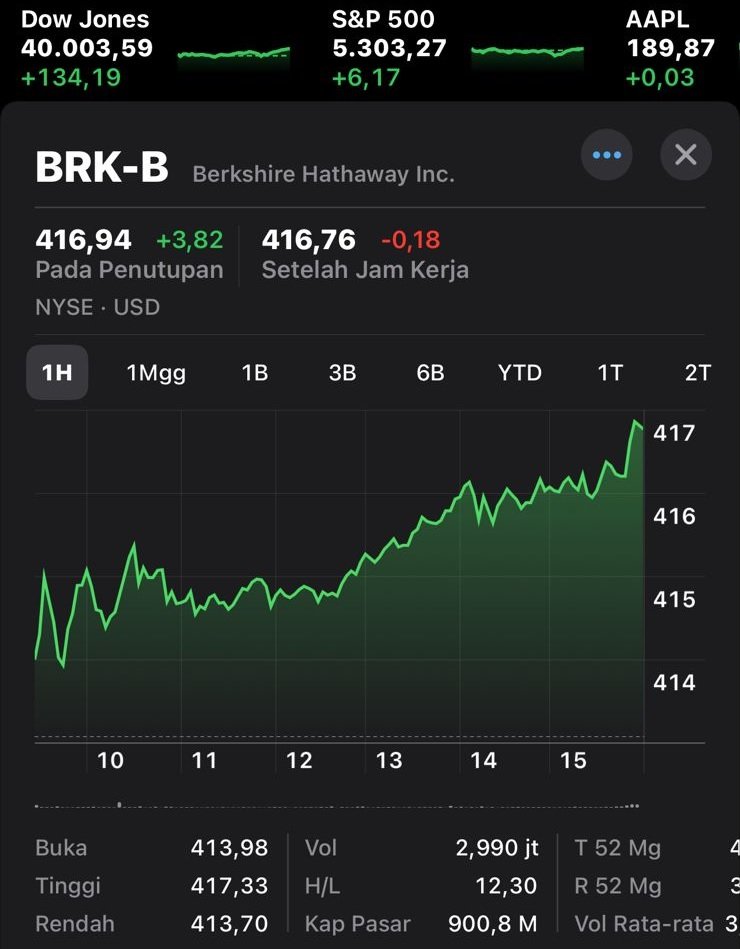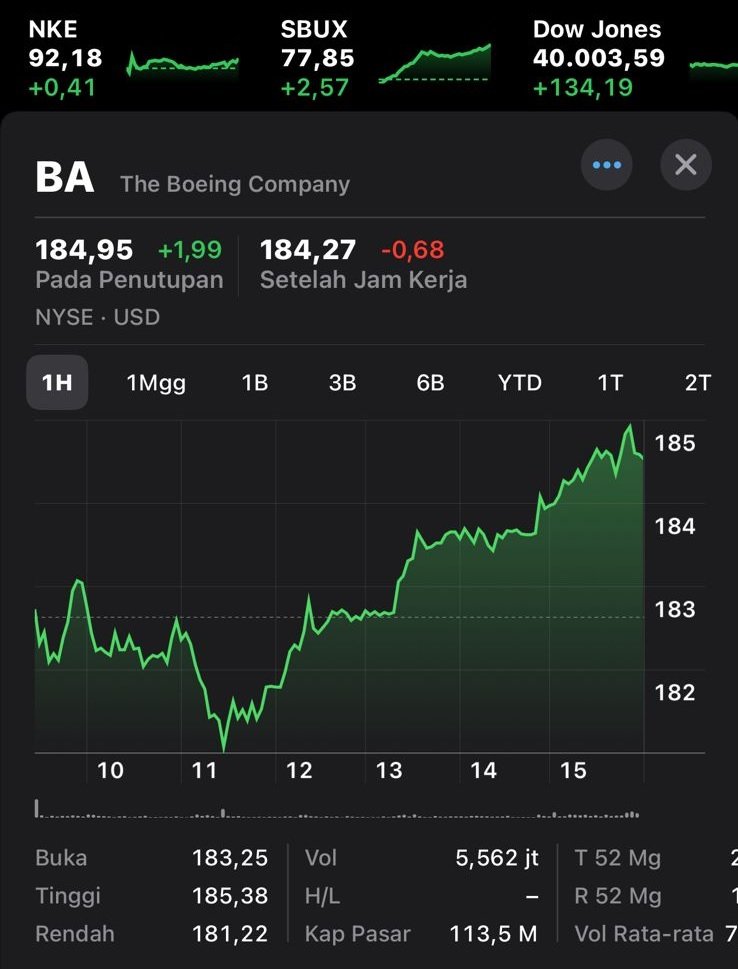Portfolio diversification is dividing investments across various asset classes and securities in order to reduce risk. The basis of diversification is by carefully combining assets with different risk-return profiles, investors can maximize expected returns for a given level of risk or minimize risk for a given level of expected return. The main idea is to create a portfolio that is on the efficient frontier, offering an optimal balance between risk and return.
By having a diversified portfolio of various assets, investors can reduce the impact of poor performance in one investment on the overall portfolio. However, portfolio diversification cannot eliminate systematic risk or market risk, which is inherent to entire markets or specific segments and is driven by macroeconomic factors, geopolitical events and other market forces that affect all investments. Investors are exposed to systematic risk regardless of how diversified their portfolio is.
Building an efficient portfolio is a key aspect of diversification, as it allows investors to optimize their risk-return trade-off based on their unique preferences and constraints. An efficient portfolio represents the highest expected return for a given level of risk or the lowest risk for an expected level of return. Empirical studies show that portfolio diversification can help investors achieve higher returns and minimize risk. For example, a study of the Indian stock market found that as more stocks were added to a portfolio, portfolio returns increased, and portfolio risk decreased. Another study on the Vietnamese stock market found that systematic risk still dominates asset returns, implying that investors can benefit from portfolio diversification.
The optimal level of diversification depends on an individual’s risk tolerance and return expectations. Risk-averse investors may prefer higher levels of diversification to minimize risk, while risk-tolerant investors may be willing to accept greater concentration in pursuit of higher returns. Additionally, the benefits of diversification may vary across markets and time periods. A well-diversified portfolio can reduce total risk without sacrificing expected returns. However, achieving true diversification can be challenging, especially since there is no universally agreed upon quantitative definition of portfolio diversification.
An example of investment diversification across asset classes, industries, and geographic regions is that alternative currency investments in Bitcoin and foreign exchange markets have been proven to provide diversification benefits. In addition, a company’s status can influence the performance of its investment portfolio diversification strategy, with high-status companies benefiting more from generalist strategies across various industries. A new framework for understanding portfolio diversification has been introduced, which focuses on reducing the variance of the portfolio’s own variance, taking into account excess kurtosis. This framework goes beyond the classic mean variance approach and offers a new perspective on portfolio construction.
Advantages of diversification:
– Overall risk reduction: Diversification helps reduce the overall risk of a portfolio by spreading investments among various assets.
– Exploiting opportunities: We can exploit the growth potential of different sectors or markets that may develop in different ways.
– Protection against volatility: We can protect a portfolio from large price fluctuations in one particular sector or asset by holding different assets.
– Risk management: Diversification allows us to manage risks more effectively, especially specific risks associated with a single investment.
– Opportunities for geographic diversification: We can allocate funds to different international markets, reducing economic and political risks in one country or region.
– Adjustment to risk profile: Diversification allows us to adjust the portfolio to our risk profile and investment objectives, so that we can achieve a balance between growth and safety.
Disadvantages of diversification:
* Potential for lower returns: Diversifying too broadly can reduce potential returns because not all assets in a portfolio may achieve optimal performance.
* Additional fees: Having many assets in a portfolio can increase transaction costs and management fees, which can reduce the net return from an investment.
* Management complexity: Management of an overly diversified portfolio can be complex and requires greater attention to analysis and monitoring.
* Potential for losing focus: Too many assets in a portfolio can cloud our focus on those assets that may have the most potential for long-term growth.
* Inconsistent performance: Aspects of diversification can result in inconsistent portfolio performance, depending on the relative performance of individual assets in varying market conditions.
* Challenges in resource allocation: Extensive diversification can lead to overly fragmented resource allocation, which can disrupt the overall investment strategy.
In practice, investors can explore domestic and international diversification opportunities. For example, the Toronto Stock Exchange (TSX) has proven to provide an attractive opportunity for domestic portfolio diversification in the Canadian textile manufacturing industry. On the other hand, the strategy of diversifying an international government bond portfolio has been shown to provide significant benefits, especially when including developing country bonds. Portfolio diversification involves allocating investments across different asset classes and securities to minimize the negative impact of negative events on a single investment. This approach is based on the principles of Modern Portfolio Theory which states that by building a diversified portfolio, investors can achieve a balance between reducing risk and optimizing returns.













